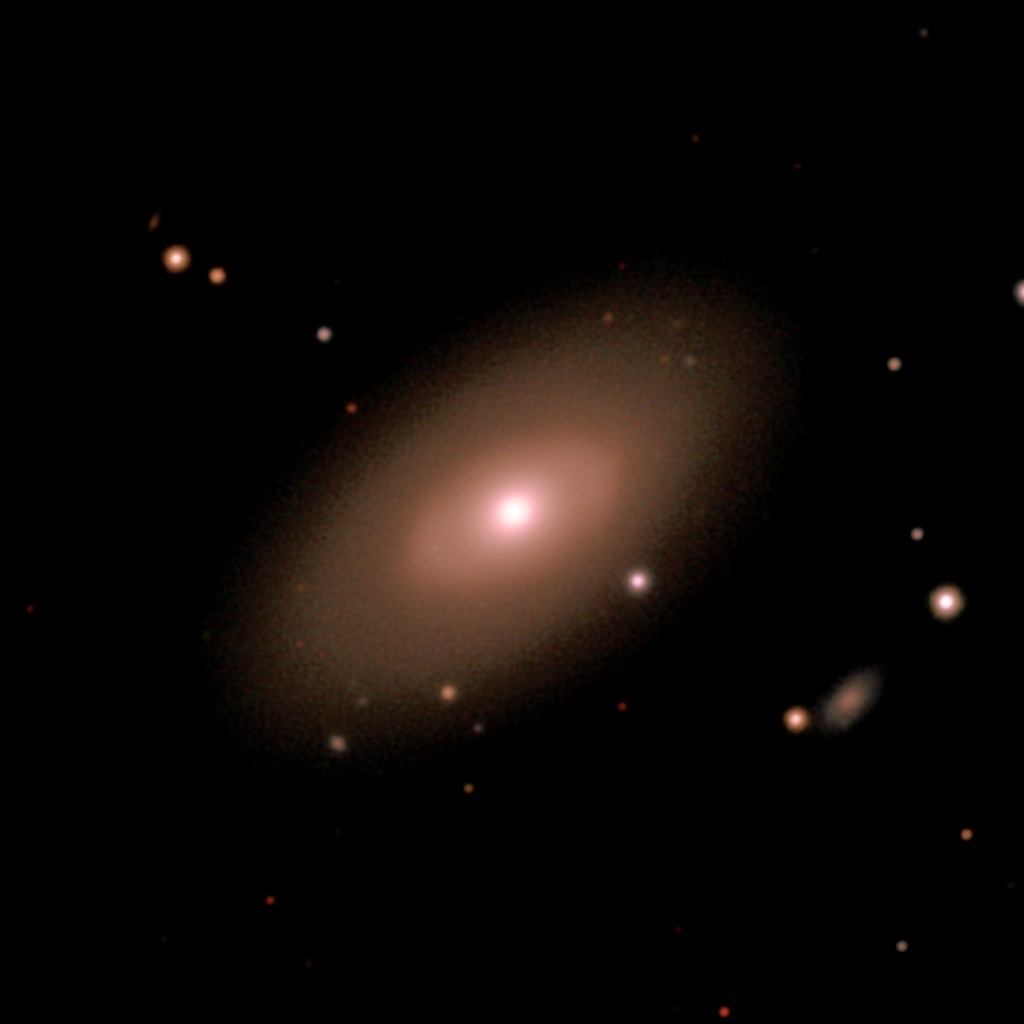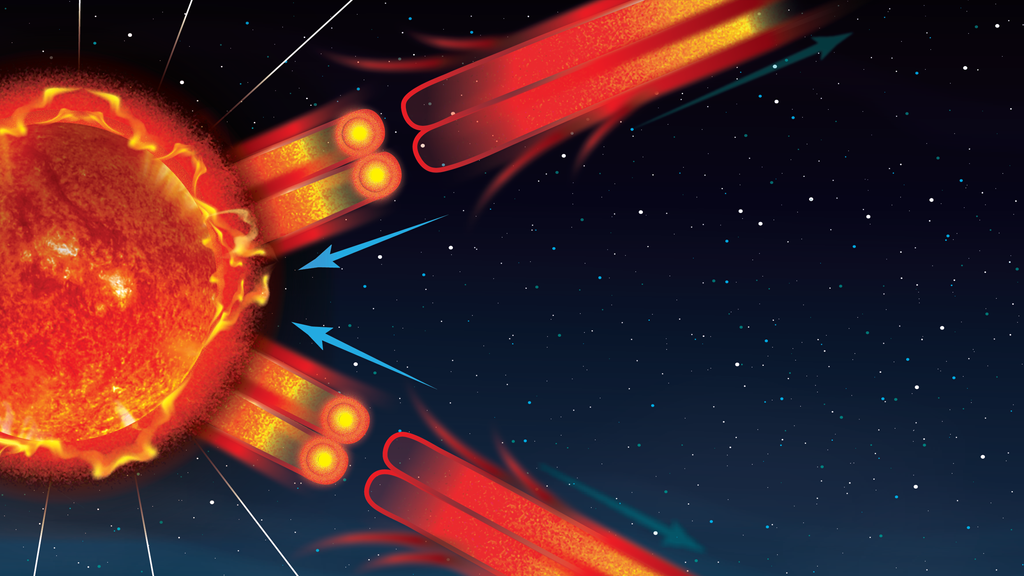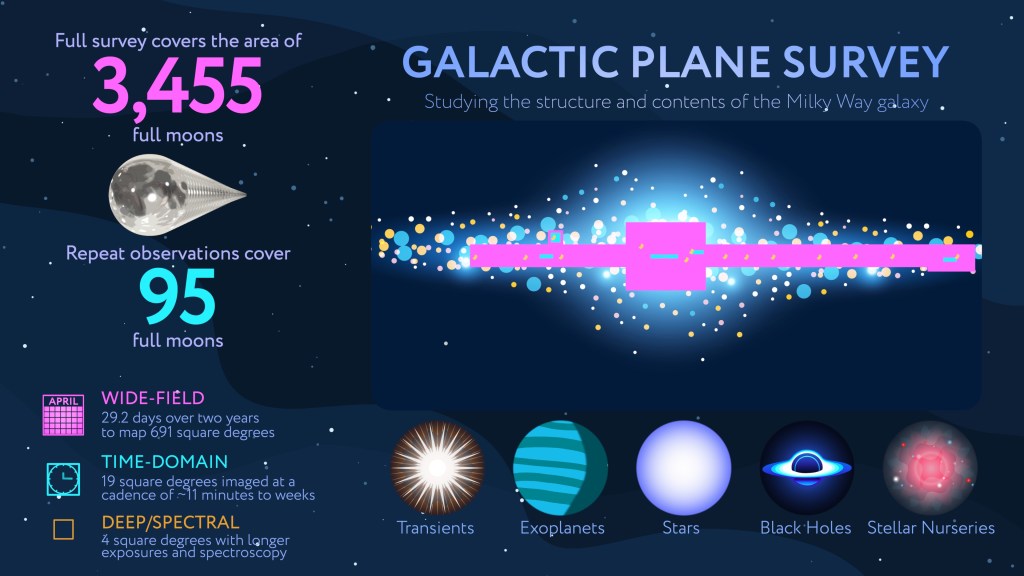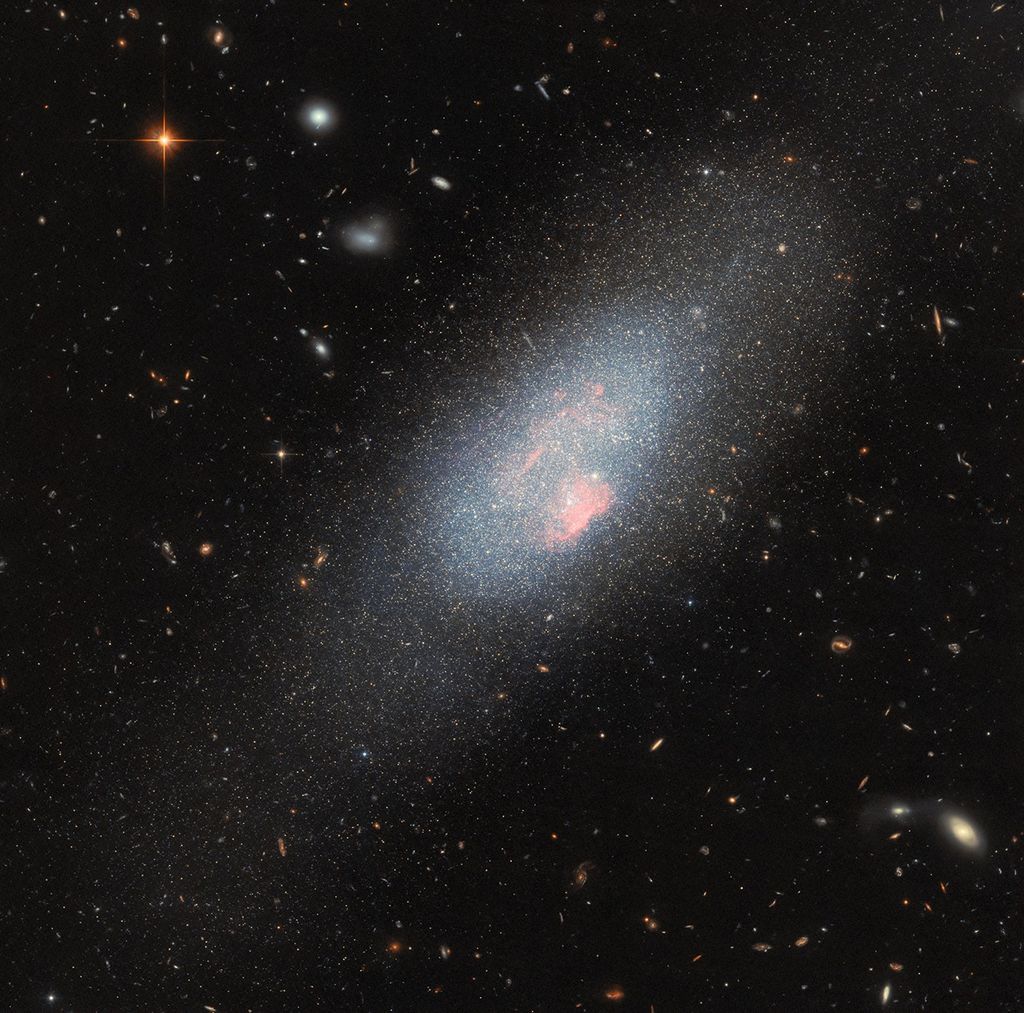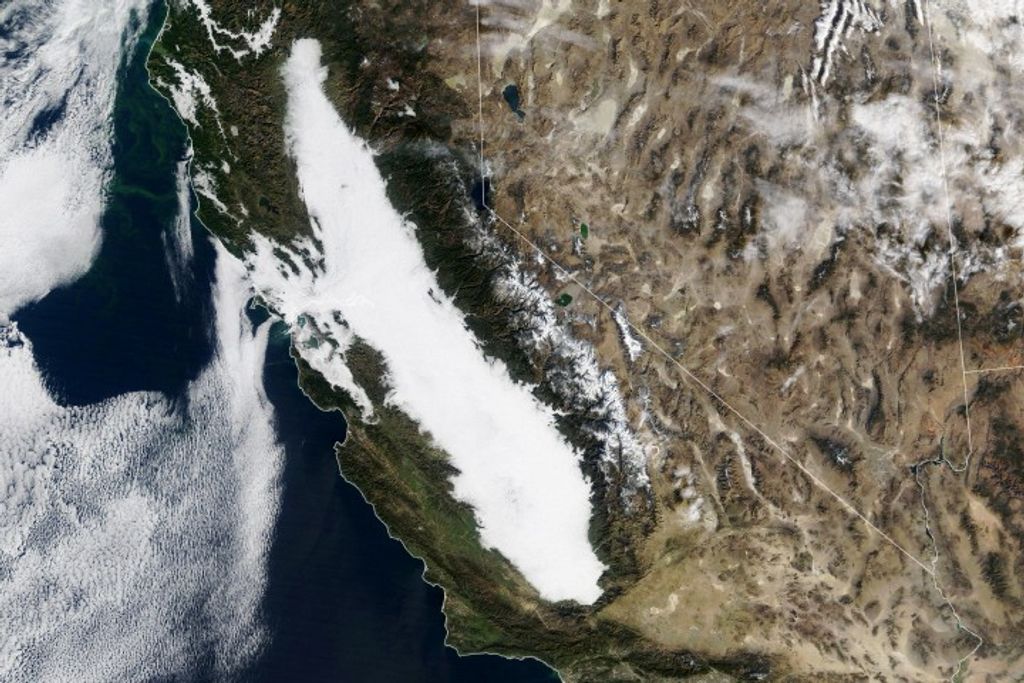1 min read
The TRAPPIST-1 Habitable Zone

The TRAPPIST-1 system contains a total of seven planets, all around the size of Earth. Three of them — TRAPPIST-1e, f and g — dwell in their star's so-called "habitable zone." The habitable zone, or Goldilocks zone, is a band around every star (shown here in green) where astronomers have calculated that temperatures are just right — not too hot, not too cold — for liquid water to pool on the surface of an Earth-like world.
While TRAPPIST-1b, c and d are too close to be in the system's likely habitable zone, and TRAPPIST-1h is too far away, the planets' discoverers say more optimistic scenarios could allow any or all of the planets to harbor liquid water. In particular, the strikingly small orbits of these worlds make it likely that most, if not all of them, perpetually show the same face to their star, the way our moon always shows the same face to the Earth. This would result in an extreme range of temperatures from the day to night sides, allowing for situations not factored into the traditional habitable zone definition. The illustrations shown for the various planets depict a range of possible scenarios of what they could look like.
The system has been revealed through observations from NASA's Spitzer Space Telescope and the ground-based TRAPPIST (TRAnsiting Planets and PlanetesImals Small Telescope) telescope, as well as other ground-based observatories. The system was named for the TRAPPIST telescope.
About the Object
- R.A. PositionR.A. PositionRight ascension – analogous to longitude – is one component of an object's position.23h 06m 29.283s
- Dec. PositionDec. PositionDeclination – analogous to latitude – is one component of an object's position.-05° 02' 28.59"
- ConstellationConstellationOne of 88 recognized regions of the celestial sphere in which the object appears.Aquarius
- Object NameObject NameA name or catalog number that astronomers use to identify an astronomical object.TRAPPIST-1, 2MASS J23062928-0502285
- Object DescriptionObject DescriptionThe type of astronomical object.Dwarf Star, Planetary System, Extrasolar Planets
- Release DateFebruary 22, 2017
- Science ReleaseNASA Telescope Reveals Largest Batch of Earth-Size, Habitable-Zone Planets Around Single Star
- CreditIllustration: NASA/JPL-Caltech
Share
Details
Claire Andreoli
NASA’s Goddard Space Flight Center
Greenbelt, Maryland
claire.andreoli@nasa.gov


